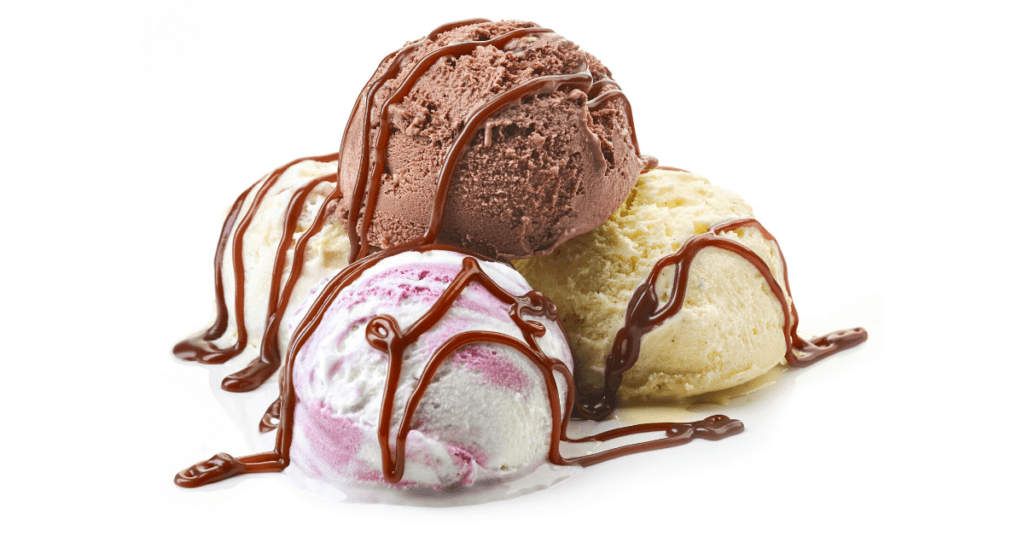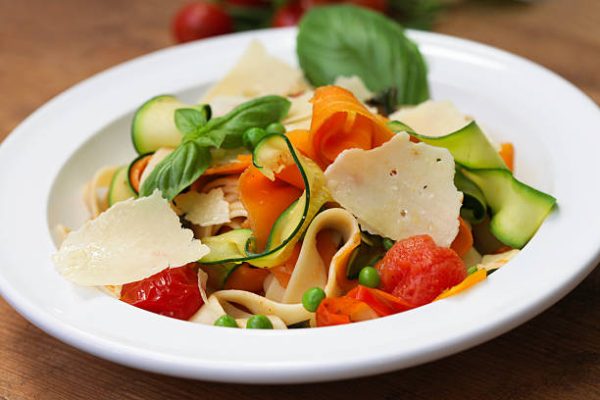Tips for Making Ice Cream at Home
Ice cream made from scratch is fresh sweet, delicious, and easy creating. Additionally is that you can alter your flavors and use only the highest-quality ingredients you can get. However, it can be difficult to make ice cream be firm and yet smooth consistency that is characteristic of a good and rich ice cream flavours in Australia. Use these suggestions to improve your techniques for making ice cream.
Start With the Best Ingredients
Ice cream will only taste as delicious as the ingredients used for its production. If you’re able to spend the money, go for organic milk and cream as well as eggs from a free-range farm and make sure the ingredients you purchase are fresh and as good as it could be. When you’re adding flavors or other ingredients like vanilla, chocolate or even fruit choose high-end products. For example, real vanilla or genuine vanilla beans, produce superior vanilla ice cream as opposed to imitation vanilla.
Save Fat and Calorie Cutting for Later
If you’re like many people, you’ll try to be mindful of the food you consume and purchase low-fat varieties of milk, cheese and other food items. However, ice cream requires a substantial amount of fat to give smooth texture that won’t be ice-cold and hard when stored in the freezer. Once you’re proficient in making Ice cream and you’re ready to try it, you can play using milk products with lower fat like half-and-half in place of heavy cream, but you should be conscious that your texture and taste will not be as thick and delicious like a full-fat one. On a diet? Create ice cream for an occasional treat and serve yourself in smaller portions.
Know When to Add Flavorings
Flavorings, such as alcohol or extracts, must be added after the custard is cool. Do not add them to the custard while it’s hot, as the flavor are likely to diminish and not be as strong. It’s possible to delay the mix them in until just when you pour the base of ice cream into the maker.
Thoroughly Chill the Custard
A lot of ice cream recipes require you to cook a custard from eggs sugar, milk, and eggs. After you’ve created the custard it’s crucial to cool it down in the fridge until it’s as chilled as it can be before you put it in the maker for ice cream. Some experts suggest “aging” the mixture overnight in the fridge, which will allow the mixture to aerate as thoroughly as it is possible in the maker, resulting in the smoothest, creamiest frozen ice cream.
Freeze the Bowl
If you’re using an Ice cream maker that comes with the freezer bowl ensure that you keep the bowl frozen for a minimum of 24 hours before you can make the ice cream. If the bowl isn’t sufficiently cold, that your ice cream won’t be able to freeze.
Start the Motor First
Particularly in the case of the ice cream maker equipped with an ice cream bowl that is freezer-ready it is essential to switch on the motor prior to pouring the base of the ice cream. Because the bowl has been cooled, it freezes instantaneously upon contact, therefore it’s best to be moving so it’s possible that the frozen ice does not melt into the bowl in chunks.
Use Mix-Ins Wisely
The addition of chocolate pieces, nuts, or dried or fresh fruits to your ice-cream can provide a completely new flavor and texture. Mix-ins should be tiny in size, similar to chips of chocolate, so that the maker of ice cream is able to blend them into the ice cream. It is important to chill them before making them part of the ice cream and only add them after the ice cream is fully frozen. The maker of ice cream won’t require more than a minute or two to mix them into.
Keep It Creamy
The most frequent complaint with homemade ice-cream is that it turns hard and cold when kept inside the freezer. There are a variety of methods to prevent it from becoming hard when it’s stored in the freezer. Author of the book The Perfect Scoop, recommends adding a couple of tablespoons of alcohol (such as a liqueur of fruit to your ice cream that has a fruity flavor or vodka if you don’t need an alcohol flavor). The addition of corn syrup, sugar, or honey, along with commercial stabilizers and gelatin can help ensure that your ice cream is kept at the consistency of softer. Ice cream can also be kept soft when stored inside a small container instead of a tub that is deep and cover the top of your ice cream using plastic wrap to prevent the formation of ice crystals.
With just a little practicing and a few great recipe ideas (whether it’s the classic vanilla or an exciting flavor such as Ovaltine Ice cream) You’ll be on the way to making delicious homemade Ice cream that will please your loved ones and friends.


